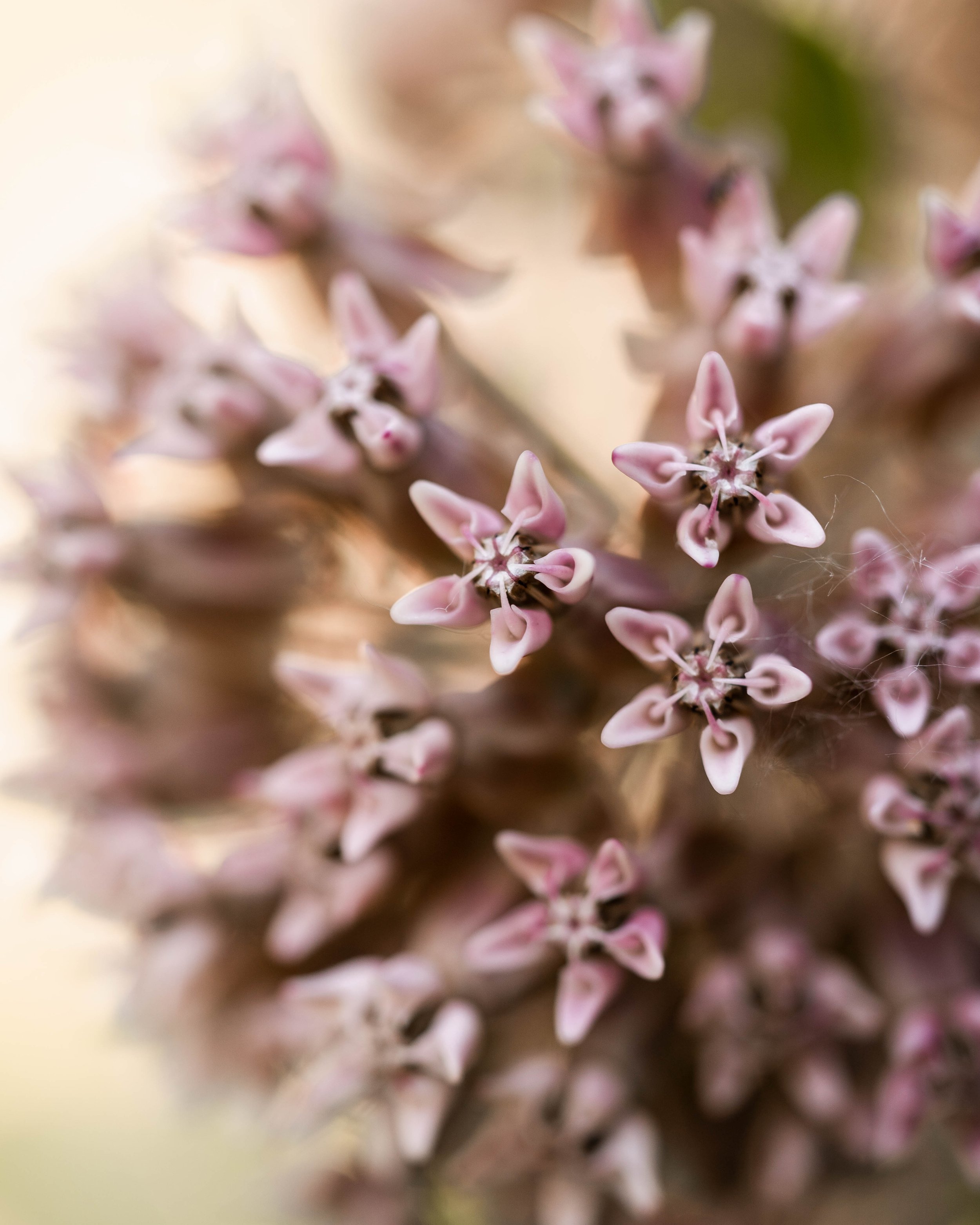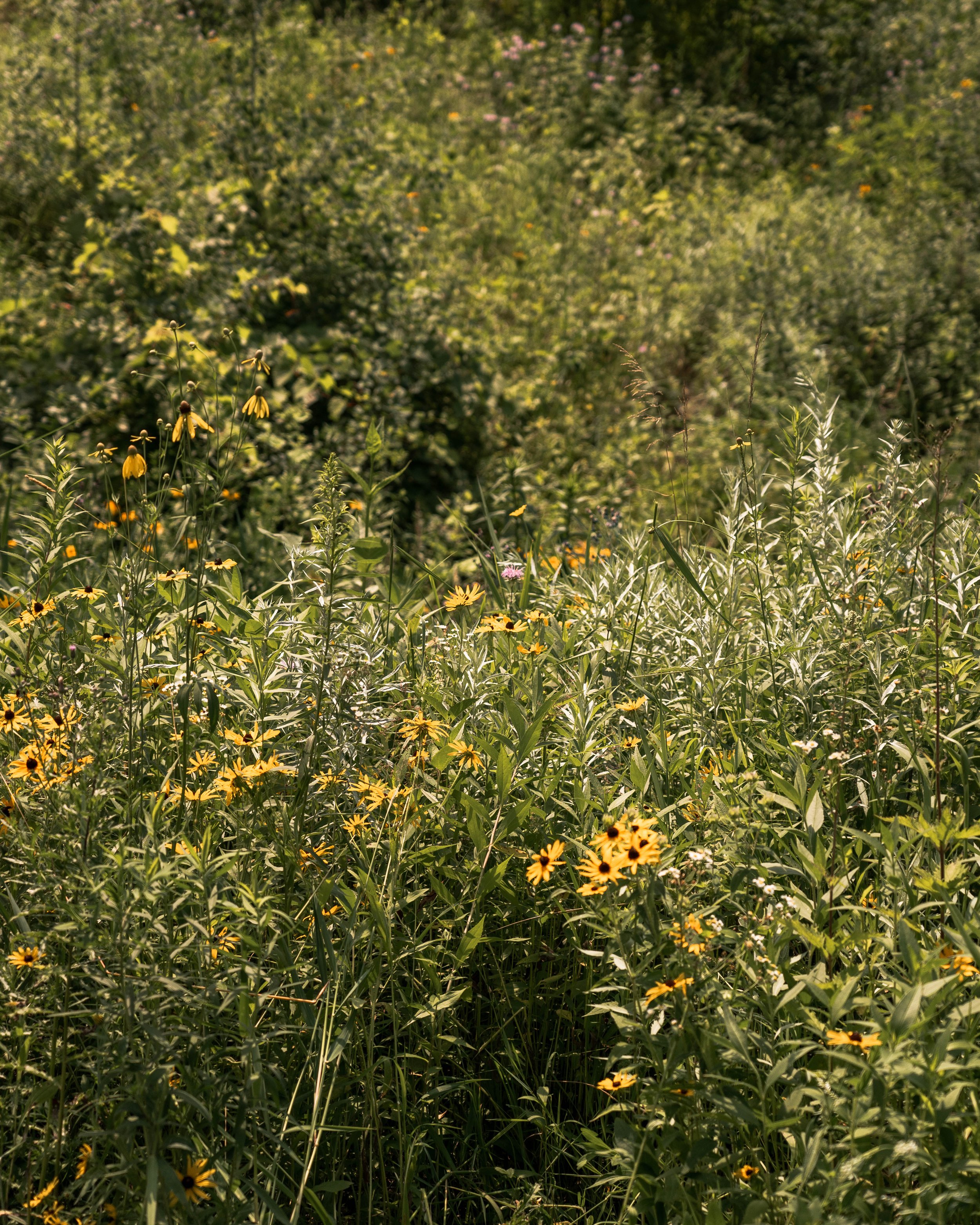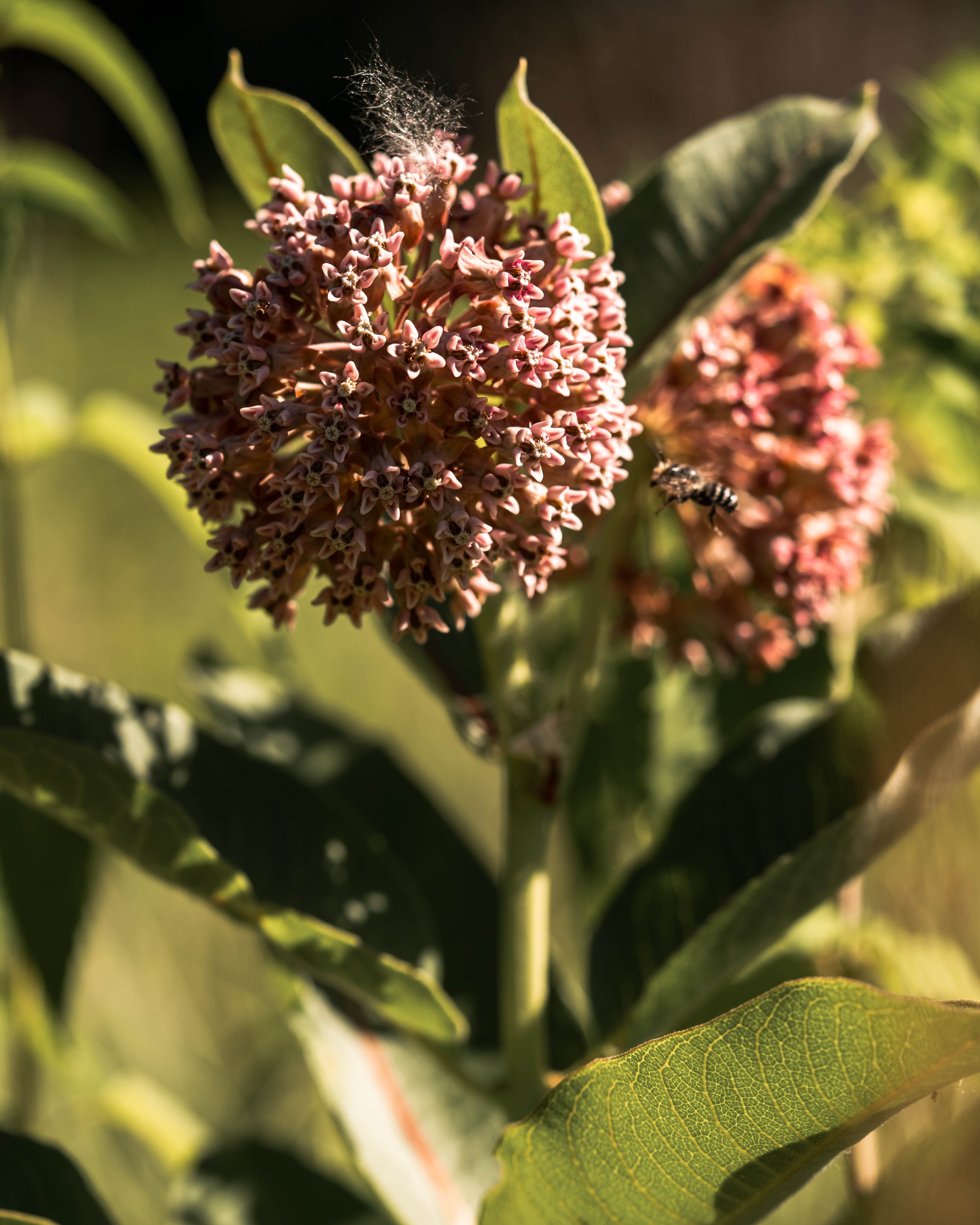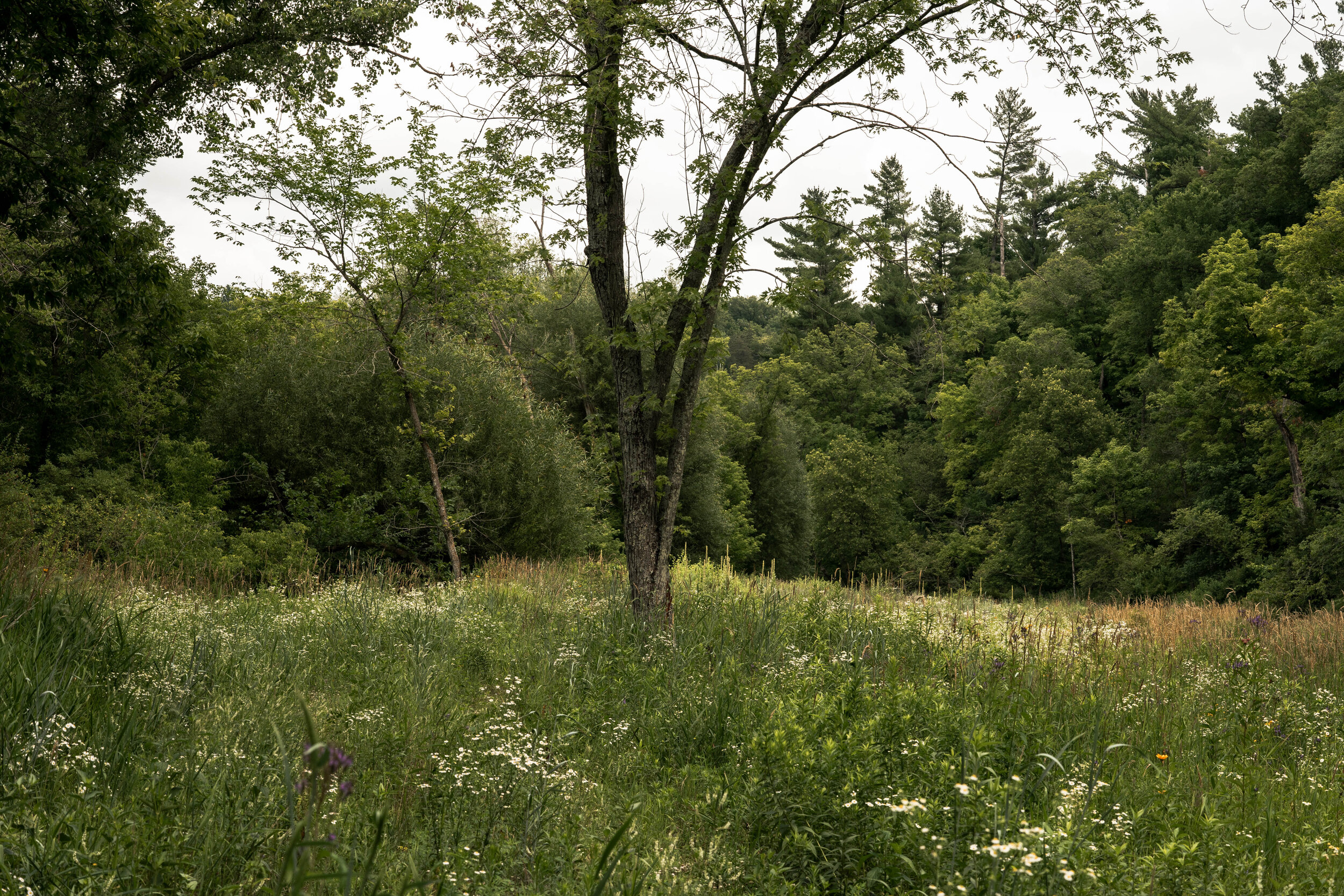Making Way for Monarchs
On July 21, 2022, the IUCN (International Union for Conservation of Nature) announced the migratory monarch butterfly has been listed as ‘Endangered’ on their Red List–a global list of species’ statuses including, threatened, endangered, and extinct species across the world. This news very quickly made waves in both conservation and social circles, as monarchs are one of the most recognized and beloved of all butterflies. Butterflies, like many pollinators, have been recognized as vulnerable for a few decades, prompting many organizations and governments to increase efforts to protect them. Given those movements, the monarch falling into ‘Endangered’ status is a tough pill to swallow.
One of the most iconic butterfly species of North America, the monarch butterfly is recognized for its showy black and orange coloration and white speckled wings. Even more impressive than its display is the 4000km migration these butterflies make from Canada and the U.S. to central Mexico every winter. They are one of the few butterfly species that migrate yearly like birds. Part of this butterflies’ habitat and migration path includes Minnesota. Many monarchs spend their summers in Minnesota, with approximately four generations of monarchs being born in Minnesota every summer. Come fall, these delicate insects make the long trek south. However, for part of the year, Minnesota serves an important habitat for monarchs. Indeed, monarchs are so prominent in Minnesota that in 2000, they were adopted as the state butterfly. Protecting this treasured state icon now seems more important than ever.
Monarch butterflies face a lot of environmental challenges, which have (and will continue) to contribute to their decline. One of the biggest threats to monarchs is the conversion of their native habitats such as prairies into developments and agricultural land. This loss of habitat has not been fully made up for in other ecological restoration efforts. Losses in wintering habitat from logging are also a serious concern. Additional threats include the increased, widespread use of pesticides and increased weather extremes from climate change. Together, these different stressors have resulted in an estimated 22%-72% decrease in the monarch population worldwide. This decrease led to the changing of the monarchs’ status to Endangered globally.
Now this Endangered status change only concerns the migratory monarchs (Danaus plexippus plexippus), which are a subspecies of monarch butterflies in general (Danaus plexippus). Additionally, the United States has not yet listed monarchs as endangered nationally. However, this move by the IUCN highlights an important part of conservation–the need to protect pollinators. Within Minnesota, there are 15 species of butterflies that are considered endangered, threatened, or of special concern. Of these 15 species, it is estimated that 8 species may be already extinct. That’s a whopping 10% of all the butterflies native to Minnesota that are either gone or disappearing. Conserving these butterfly species, along with our state monarchs, are an important challenge. Fortunately, this is a challenge that nearly everyone can assist with.
Supporting butterfly habitat is the most important thing you can do to help safeguard butterfly populations in Minnesota. Protecting current habitat and restoring destroyed or degraded habitat helps ensure butterflies have stable shelter and food resources necessary for survival. Everything from large prairie restorations to residential pollinator meadows to backyard native plantings can provide critical habitat for monarchs and other butterflies. Consider planting native plants that butterflies rely on for food and nectar, or support pollinator meadow efforts in local parks or street boulevards. Even a single planter of milkweed can be an oasis of food for monarchs. If you own large acreages, consider prairie restoration, with an emphasis on pollinator habitat. Don’t be afraid to get creative with your land–butterfly habitats can exist in many places, such as the edges of golf courses, buffer strips along farm fields, in between panels in solar farms, etc. Given the severe decline of monarchs, creative solutions may well be necessary for supporting these butterflies into the future.
If you want to help support monarch butterflies in Minnesota, there are a lot of good resources available to help you out. Many local governments, counties, and conservation districts provide resources and grant funding for pollinator conservation projects. Additionally, there are a number of nonprofits dedicated to protecting butterflies. Check them out and give them some love for all their hard work! Blue Thumb (https://bluethumb.org/) and Joint Monarch Venture are just a couple (https://www.monarchjointventure.org/).
At NRP, we spend a lot of time helping our project partners restore native prairie habitat that is critically valuable to monarchs and other pollinators. We also work with a lot of landowners who want to restore butterfly habitat on their properties–both large acreages and small yards. If you want help or ideas improving or promoting butterfly habitat, give us a buzz. We’d love to have you join us in protecting these important species.
A status listing of ‘Endangered’ isn’t an extinction sentence. Joint effort, passion, and hardwork have brought species out of endangered status before. Such efforts can prevail again in the aid of the iconic, regal monarch butterfly.





